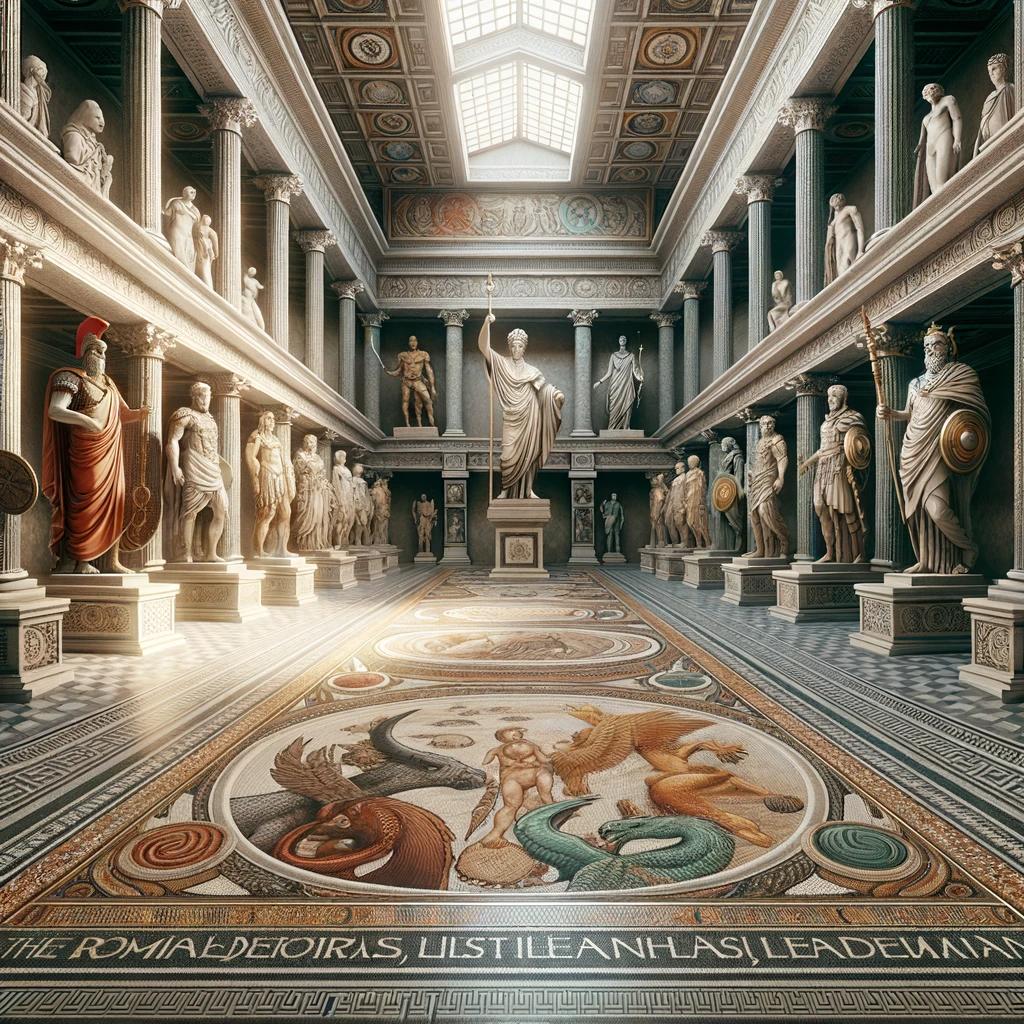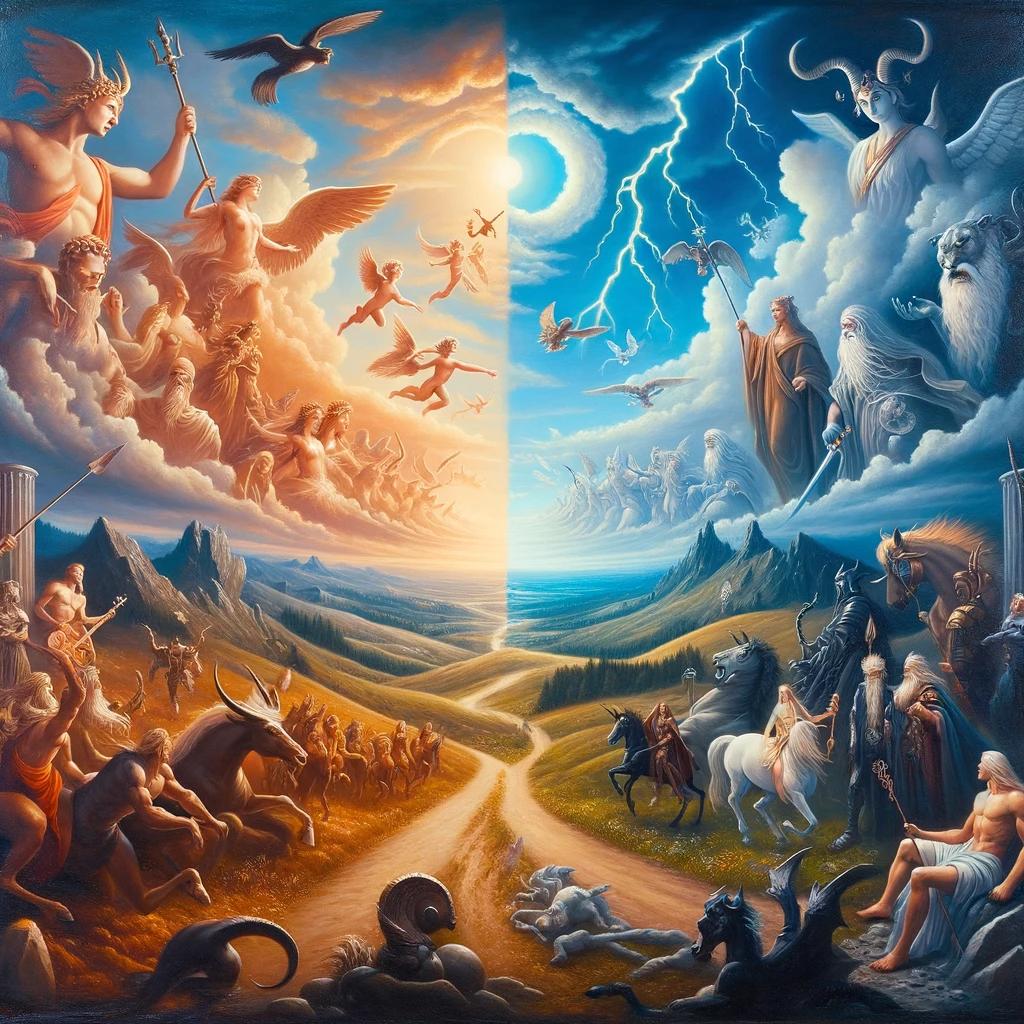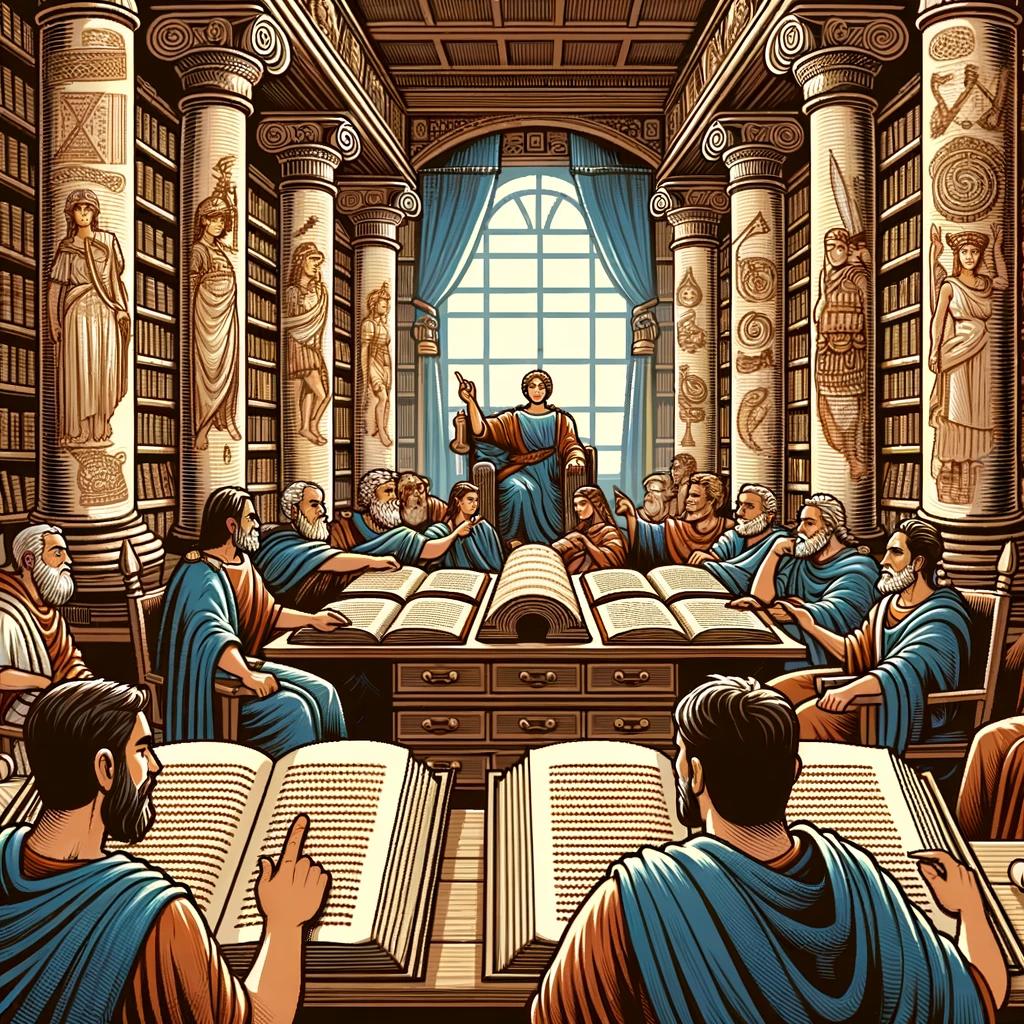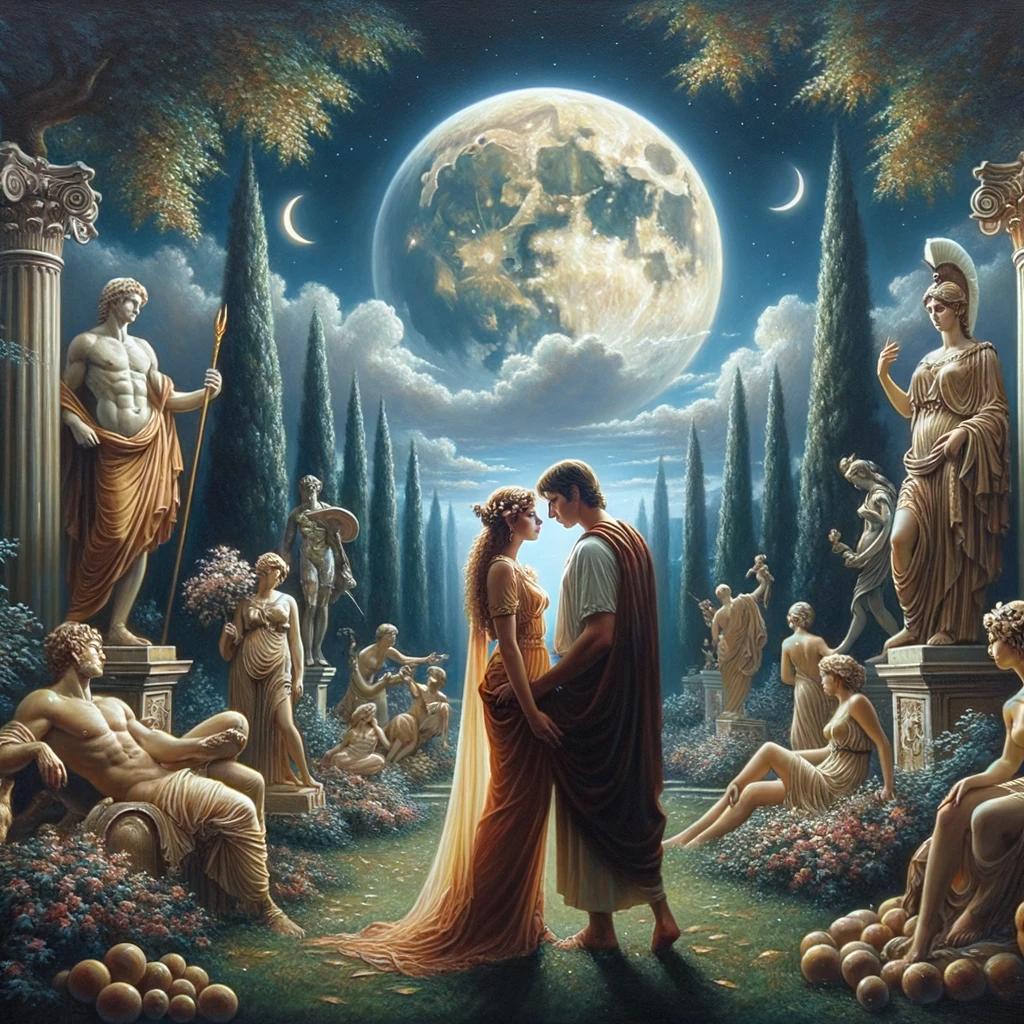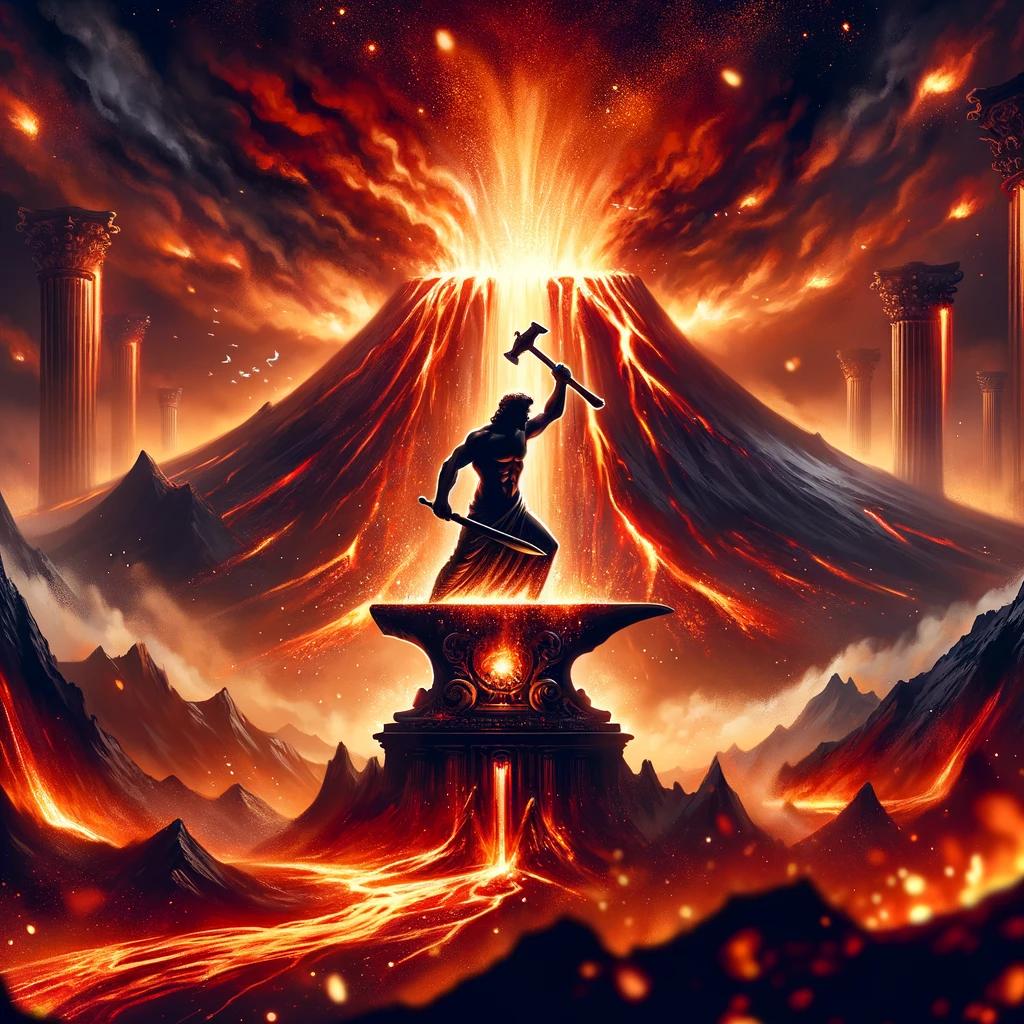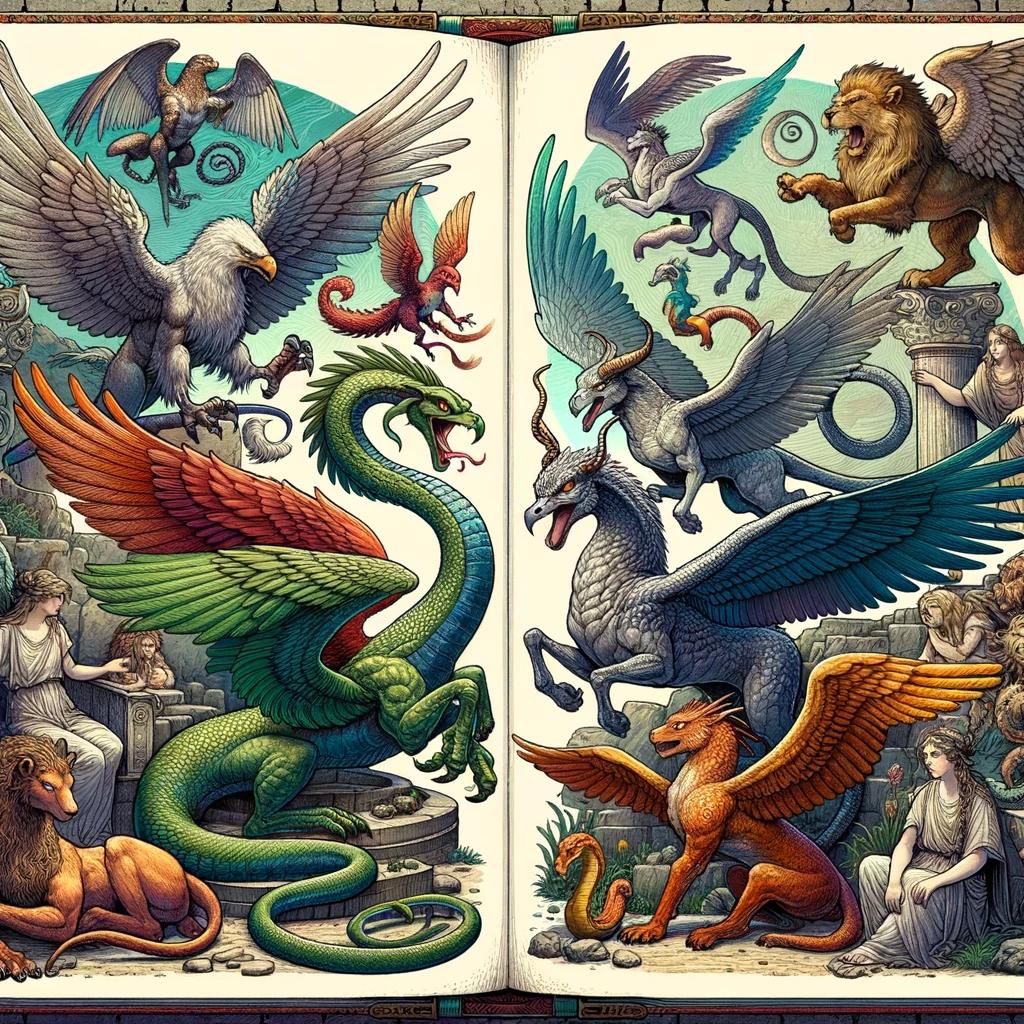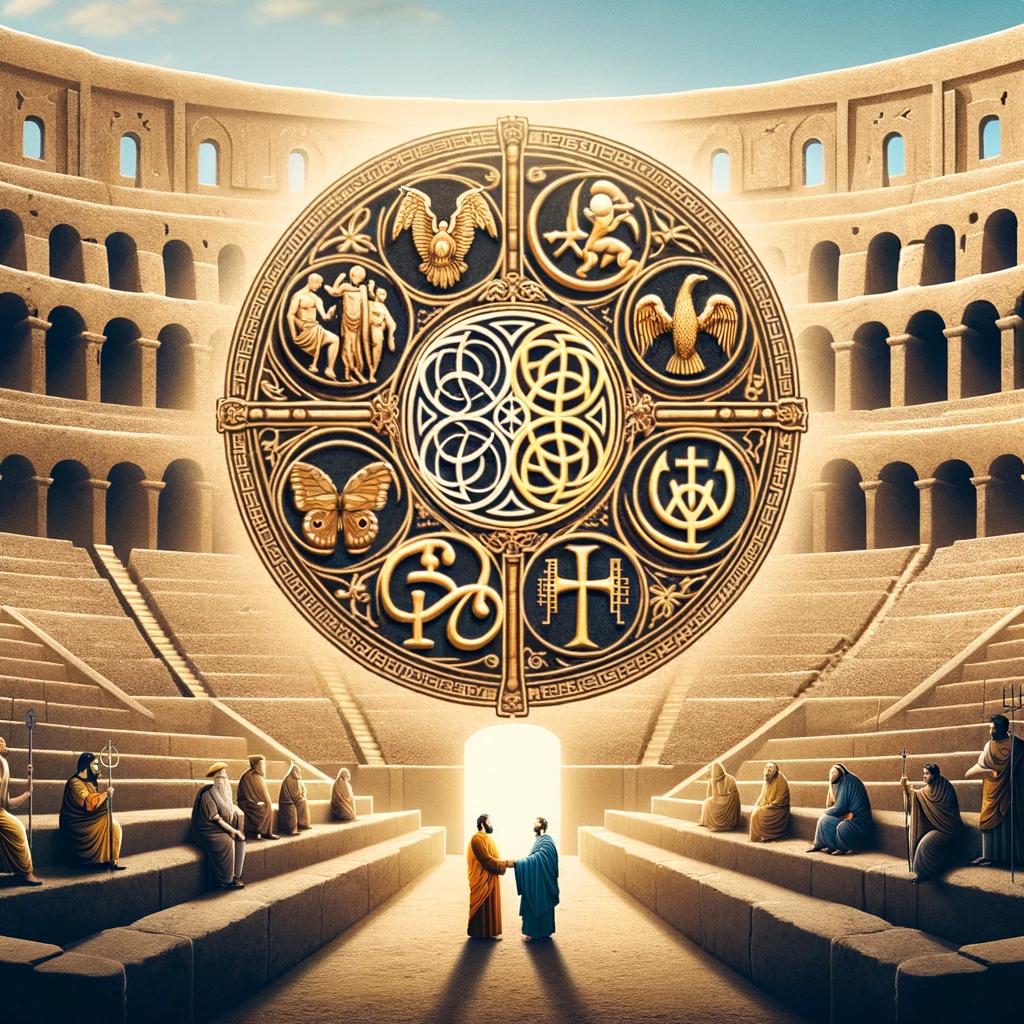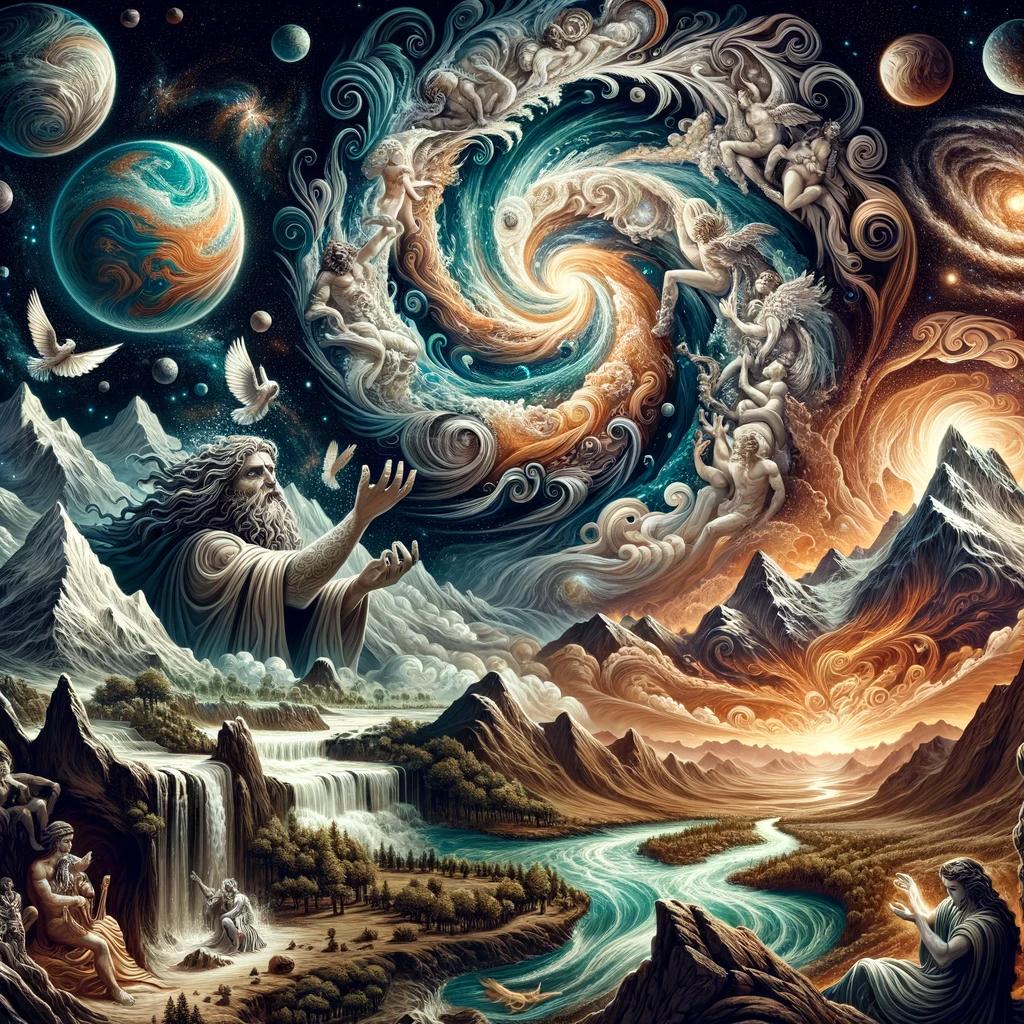Roman Mythology vs Norse Mythology: A Clash of Ancient Divinities
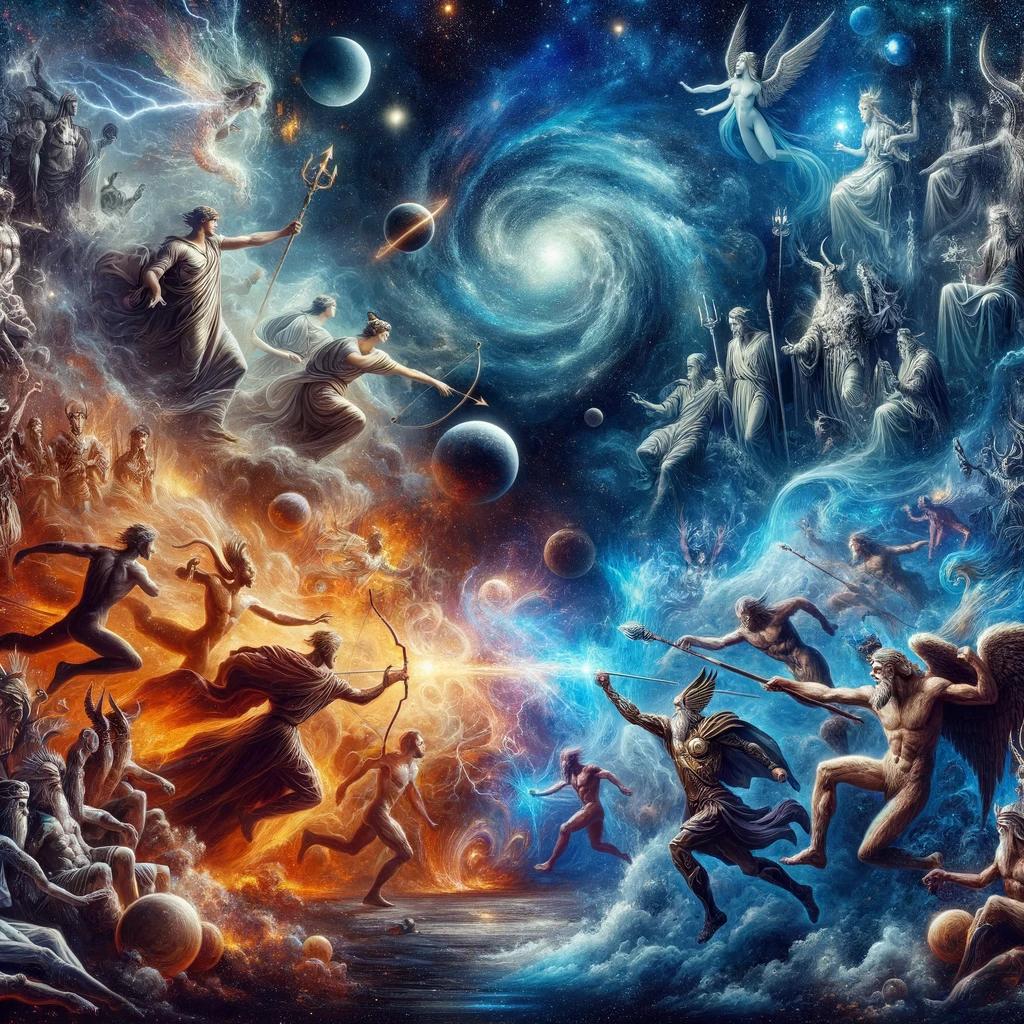
Roman mythology and Norse mythology are two fascinating ancient belief systems that captivate the imagination. Roman mythology features gods and goddesses like Zeus and Aphrodite, while Norse mythology includes figures like Odin and Thor. Despite some similarities, each mythology has its own unique deities, stories, and cultural significance.
This article explores the gods, their portrayals, and the impact of both mythologies on society, literature, and popular culture. Join us as we dive into the intriguing world of Roman and Norse mythologies.
Exploring Roman Mythology
Welcome to the fascinating world of Roman mythology. In this section, we will delve into the rich tapestry of gods and goddesses that comprise this ancient belief system, exploring their roles and significance in Roman culture and society.
Let’s begin our journey by examining the gods and goddesses of Roman mythology.
The Gods and Goddesses of Roman Mythology
In Roman mythology, there is a diverse pantheon of deities that preside over various aspects of life and nature. These gods and goddesses reflect the Roman values and ideals, and their stories are woven into the fabric of Roman history.
Some of the prominent gods and goddesses of Roman mythology include:
- Jupiter (Zeus) – The king of the gods and the god of the sky and thunder.
- Neptune (Poseidon) – The god of the sea and earthquakes.
- Pluto (Hades) – The god of the underworld.
- Venus (Aphrodite) – The goddess of love, beauty, and fertility.
These are just a few examples of the gods and goddesses worshipped in ancient Rome.
Each deity played a unique role and held a special place in the hearts of the Roman people.
Roman Mythology and its Influence
Roman mythology’s influence extended far beyond religious beliefs. It shaped various aspects of Roman life, including politics, social norms, and cultural practices. The Romans believed that their gods played an instrumental role in their successes and failures, and they sought divine guidance in their everyday lives.
Moreover, Roman mythology had a profound impact on Roman art and literature. It served as a rich source of inspiration for poets, playwrights, and artists, who often depicted mythological themes and characters in their works.
Roman Mythology in Literature and Art
Literature and art were vibrant mediums through which Roman mythology found expression. From epic poems like Virgil’s “Aeneid” to elaborate frescoes adorning the walls of Pompeii, Roman mythology permeated various works of art and literature.
Artists and writers of ancient Rome used mythological tales as a means to explore the human condition, moral values, and societal issues. These stories provided a framework through which they could communicate complex ideas and provoke thought in their audience.
Whether it was the grandeur of the gods or the tragic tales of mortal heroes, Roman mythology captured the imagination of the Roman people and left an indelible mark on their artistic and literary heritage.
Unraveling Norse Mythology
Unraveling the rich tapestry of Norse Mythology reveals a complex and fascinating belief system steeped in ancient Scandinavian culture. Exploring the tales and legends of Norse gods and goddesses provides insights into their roles, powers, and relationships within the pantheon.
This section delves into the captivating realm of Norse mythology, examining its cultural significance and its enduring presence in contemporary media.
The Norse Gods and Goddesses
The Norse pantheon boasts a diverse array of gods and goddesses, each with their distinctive attributes and responsibilities. From Odin, the enigmatic Allfather, whose wisdom and quest for knowledge are legendary, to Thor, the mighty god of thunder and protector of humanity, the Norse deities captivate with their intriguing personalities and mythological prowess.
Other notable figures include Loki, the cunning shape-shifter, and Freya, the goddess of love and beauty.
Norse Mythology and its Cultural Significance
Norse mythology held profound cultural significance within the ancient Scandinavian societies. The tales not only entertained and educated but also reflected the values, beliefs, and cosmology of these communities. These myths offered explanations for natural phenomena, explored the concept of fate, and provided moral guidance for individuals.
Moreover, rituals and religious practices associated with Norse mythology played a vital role in communal cohesion and religious observance.
Norse Mythology in Contemporary Media
The enduring allure of Norse mythology extends beyond ancient sagas; it has permeated contemporary media and popular culture. From blockbuster films such as “Thor” to video games, literature, and artwork, Norse mythology continues to captivate audiences worldwide.
Its fantastical elements, larger-than-life characters, and epic narratives have inspired countless adaptations and interpretations, creating a modern-day connection to an ancient belief system.
Comparing Roman and Norse Mythology
When comparing Roman mythology and Norse mythology, there are both similarities and key differences between the two mythological pantheons.
Similarities between Roman and Norse Gods
- Both mythologies feature gods and goddesses who have control over various aspects of the world.
- There are parallels between certain deities in both mythologies. For example, Zeus (Jupiter) in Roman mythology is similar to Odin in Norse mythology, as they are both revered as kings of the gods.
- Gods like Thor in Norse mythology and Hercules (Heracles) in Roman mythology share similarities in their roles as powerful warriors and protectors.
Key Differences in the Mythological Pantheons
- One significant difference is the geographic origins of these mythologies.
Roman mythology originates from ancient Rome, while Norse mythology comes from Scandinavia.
- The portrayal and characteristics of the gods differ between Roman and Norse mythology. For instance, Roman gods often embody human-like qualities and interact with humans more intimately, while Norse gods are often depicted as more complex and larger-than-life figures.
- The mythological pantheons have their own unique set of gods and goddesses, each with their specific areas of control and influence in the world.
Impact of Roman and Norse Mythology on Society
The influence of Roman and Norse mythology can be seen in various aspects of society, including literature, art, and popular culture.
- Both mythologies have inspired countless works of literature and art throughout history. Stories featuring Roman and Norse gods and their adventures continue to captivate and entertain people to this day.
- Roman and Norse mythologies have left a lasting impact on popular culture, with references and adaptations appearing in movies, television series, and video games.
- The moral lessons and themes conveyed through the myths have also influenced societal values and beliefs.
Comparing Roman and Norse mythology allows us to appreciate the distinct cultural significance and fascinating narratives of these ancient belief systems.
Common Questions about Roman and Norse Mythology
What are the Origins of Roman and Norse Mythology?
Roman mythology has its origins in ancient Rome, where it evolved from the earlier Greek mythology. The Romans adopted and adapted many Greek gods and goddesses, giving them Roman names and incorporating them into their own religious practices.
Norse mythology, on the other hand, originated in the ancient Scandinavian region, with influences from Germanic tribes and their beliefs. It has its own distinct pantheon of gods and unique creation stories.
How do the Mythologies Portray the Gods and Goddesses?
In Roman mythology, the gods and goddesses are often depicted as powerful and regal figures, overseeing different aspects of life and nature. They are portrayed with distinct human-like personalities and attributes.
In Norse mythology, the gods and goddesses have more complex and layered personalities, embodying both heroic and flawed characteristics. They are depicted as powerful warriors, skilled in battle, and deeply connected to the natural world.
What Are the Main Themes and Stories in Each Mythology?
Both Roman and Norse mythologies explore themes of power, fate, love, and heroism. In Roman mythology, the stories often revolve around the interactions and conflicts between gods, as well as their relationships with mortals.
The mythologies provide explanations for natural phenomena and depict larger-than-life adventures of gods and heroes. Norse mythology emphasizes the concept of Ragnarok, the ultimate battle and destruction of the world, as well as the cycle of life, death, and rebirth.
How Have Roman and Norse Mythologies Impacted Literature and Pop Culture?
Throughout history, Roman and Norse mythologies have had a significant influence on literature and popular culture. Their stories, characters, and themes have inspired countless tales, poems, novels, and movies. The heroic exploits of Roman gods and goddesses can be seen in works such as Virgil’s “Aeneid” and the plays of William Shakespeare.
Norse mythology has also left its mark on popular culture, with the adventures of Thor and Loki appearing in Marvel comics and films.
- The origins of Roman and Norse mythology lie in ancient Rome and the Scandinavian region, respectively.
- Roman gods and goddesses are portrayed as powerful and regal figures, while Norse deities embody complex personalities.
- The mythologies explore themes of power, fate, love, and heroism.
- Roman and Norse mythologies have had a lasting impact on literature, inspiring numerous works of art and stories.
Discover the allure and richness of these ancient mythological traditions that continue to captivate and inspire us today.
.











